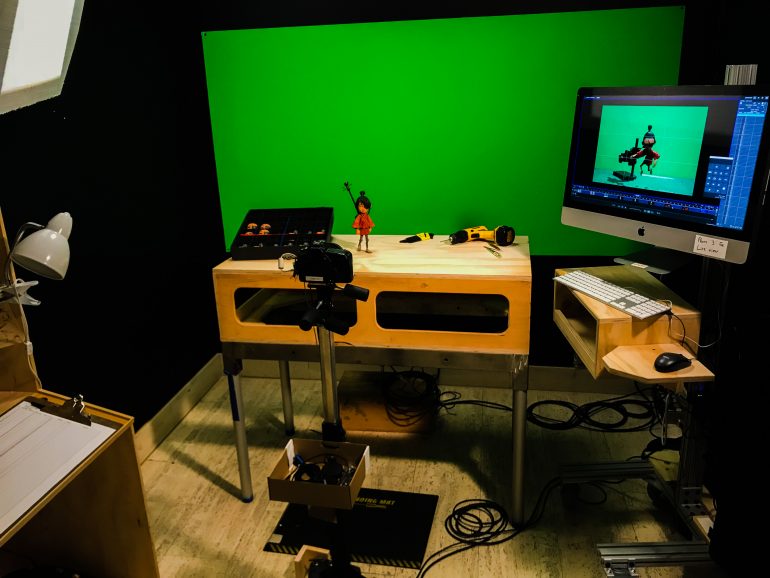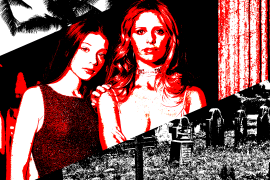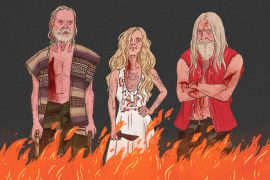Throughout 2017, the Portland Art Museum has offered engaging and exciting exhibits from Andy Warhol to Rodin. Now that the year is wrapping up, the museum has moved to something a little more contemporary but no less impressive: “Animating Life: The Art, Science, and Wonder of Laika”. Founded in 2005, Laika is an animation studio based in none other than Hillsboro, Oregon that has been producing claymation films such “Coraline” (2009), “ParaNorman” (2012), “The Boxtrolls” (2014), and “Kubo and the Two Strings” (2016). Although the films each have had their own unique style, there is a certain eclectic, independent quality that permeates through all of them. Laika films are made using stop motion animation of actual puppets shot in miniature sets that are crafted exclusively for the films. Every character, costume, building, and prop is specially designed and handcrafted. Laika studios makes a point of paying tribute to intense, hands-on art of animation and the masterful art and craft work that goes into it. A Laika film typically takes around three years to complete.
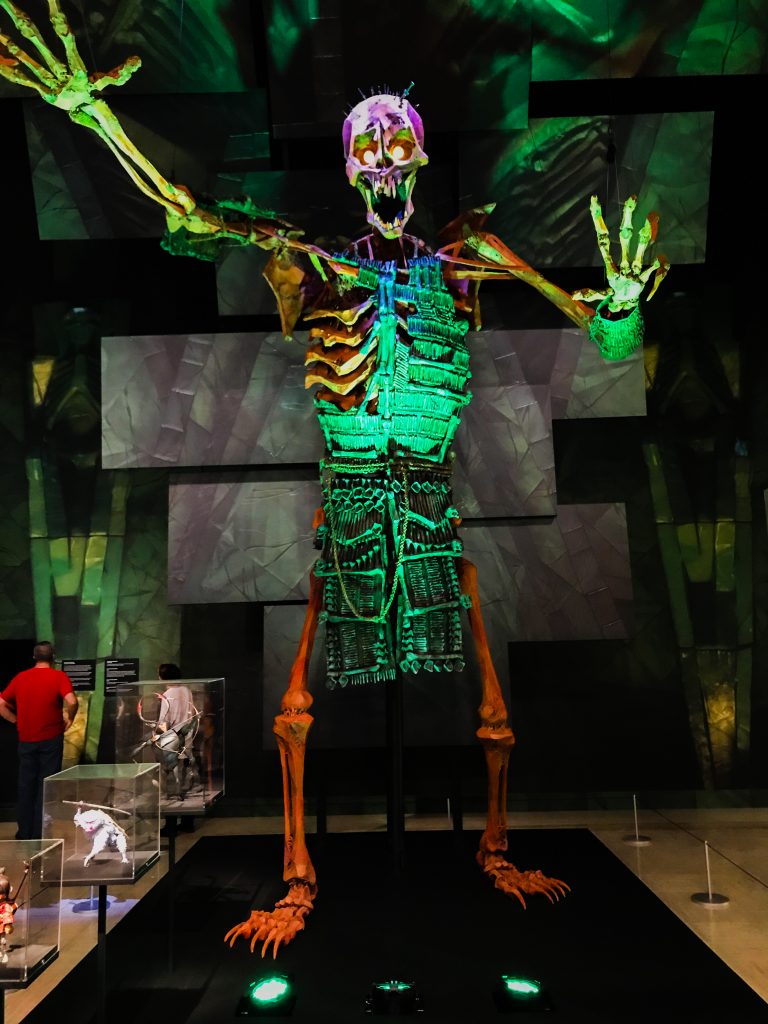
A visit to “Animating Life” helps explain what makes these films so unique. The beginning of the exhibit exemplifies the massive undertaking all that these films presented by showing the 16-ft tall skeleton puppet used in the movie “Kubo and the Two Strings”. If the Goliath-esque figure does not evoke shock and awe by sheer size alone, next to it there is a wall of over 300 tiny faces each with expressions ever-so-slightly different from one another. These faces are instrumental in a process called rapid prototyping, in which animators 3D-print faces they designed on a computer and then replace the face of the puppet they animate with these models once per shot to animate the puppet. Not only does it take time to replace a facial expression of one or multiple characters in a shot, but there is even more attention to detail in the development of the faces. Each one is handpainted after being printed to ensure the tightest possible control of color palette and visual unity. For such a daunting task as this, Laika has an entire department consisting of 70 people.
At the front of the exhibit room there is a timeline of animation innovations. Next to it, an enormous zoetrope that shows how images are turned into movement. On all four walls there are endless amounts of gorgeous concept art and samples of costume design (every character wears a specially designed set of clothing). Each wall is dedicated to a different film. This is also where the ideation and process is most visible as the sketches and collages are paired with the final product with each element being intentionally and creatively engineered. Even tiny things, like the hands of the puppets, had small scars and scratches that served to give the puppets more character and individuality.
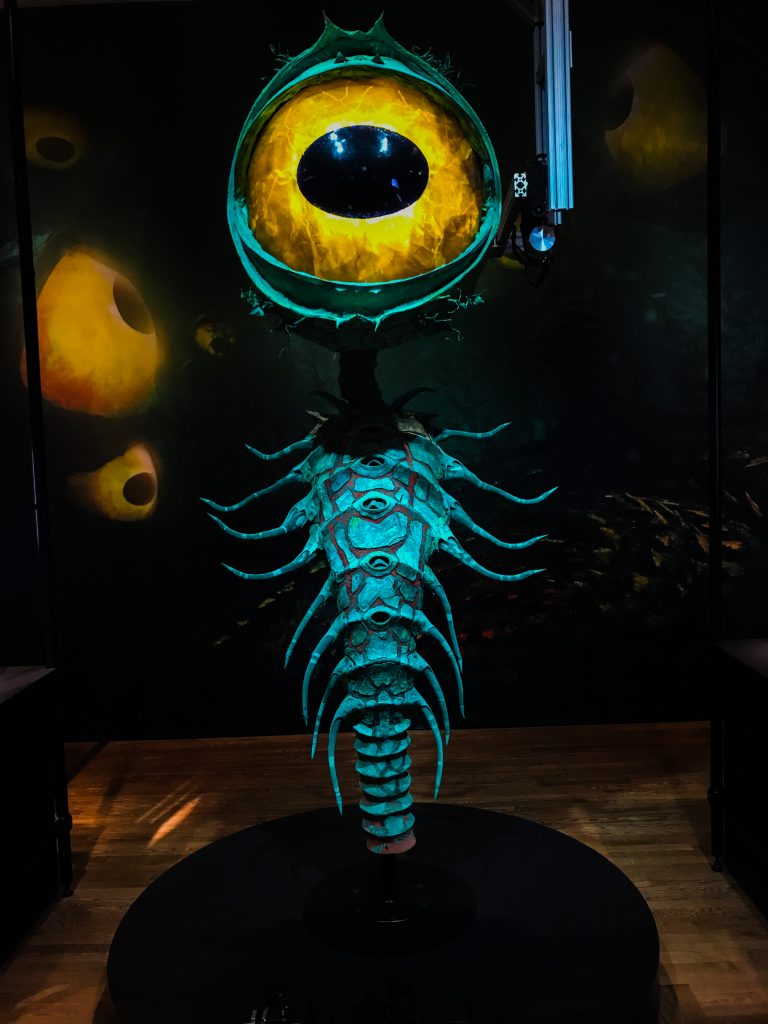
Towards the back of the room, there is an enormous eyeball puppet used in “Kubo,” along with a video that shows the process of constructing it. The video shows that the artists at Laika are innovators in every sense of the word. Having very few precedents for what they are trying to accomplish, much of the development at Laika is done through experimentation. Every kind of material imaginable, from shower curtains to trash bags to dog chew toys, is tried out, with the goal of looking as much like the real thing (or the fictionally real thing) as possible.
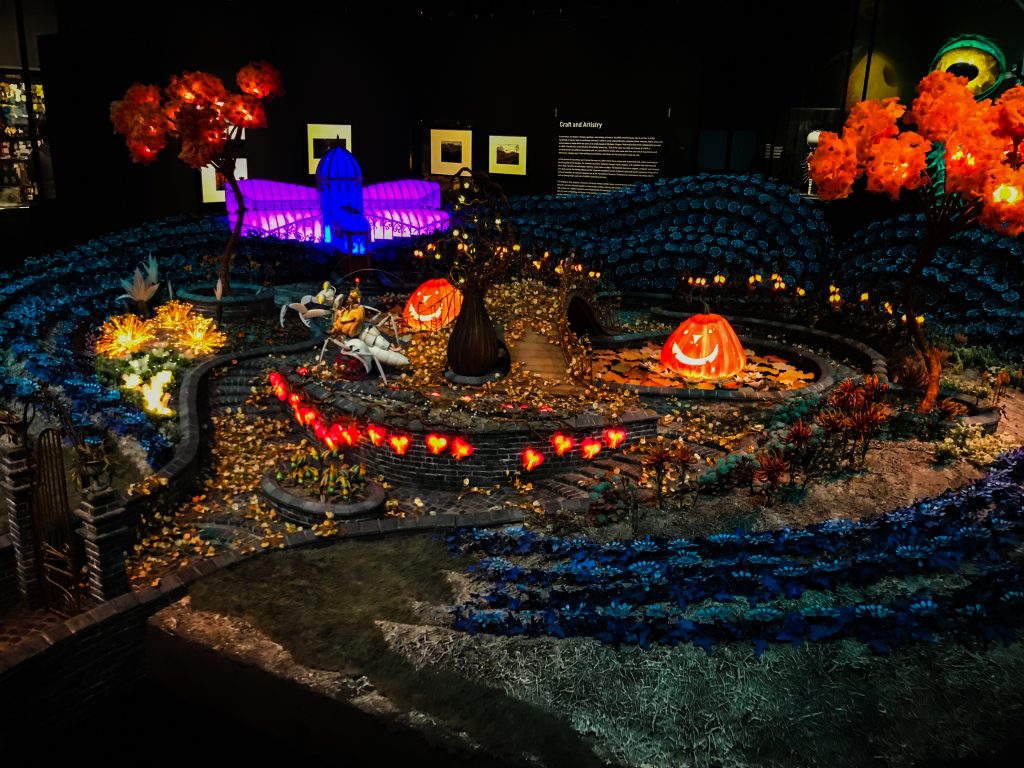
At the center of the room lies the magical focal point: the fantastic garden from the movie “Coraline.” Glowing from all corners and nearly 10 feet in diameter, it is no wonder this is the centerpiece of the exhibit. This set is from a scene wherein Coraline, the main character, gets a bird’s eye view of a blooming garden planted in the shape of her face. Every plant, branch, and stone in the garden was handcrafted and designed to be animated, even if that meant employing ping pong balls and line wires to get the desired effects. The garden is the perfect place to take in every aspect on display. It shows not only how life is produced in Laika studios, but how their genius is able to create entire universes. In its totality, “Animating Life” will boggle the minds of anyone who has seen any of the Laika films.
This article originally appeared in the print edition of our December 2017, issue.

